Content |
|---|
History
Of ancient origin, the Italian Greyhound He is a descendant of the small sighthounds that were present in the court of the pharaohs of ancient Egypt.
The current breed is believed to have originated in what is now Turkey and Greece.. Although it is not clear if the breed was used as a hunting dog or as a companion dog. (or maybe both), it is clear that he made a strong impression there, to the point that it is represented in many ceramic finds during archaeological excavations.
The breed spread to Italy around the 5th century BC.. Italian Greyhound Remains Found in Pompeii, city ​​buried by the eruption of Vesuvius in the year 79 a.C.
There are few traces of this dog until the Middle Ages, when he became the favorite of the nobility. Although the dog was found in most of Mediterranean Europe, was particularly successful in Italy, where its current name comes from. Once again, the artists of the time chose to pay tribute to him: This time, was immortalized in the paintings of the great masters.
Little by little he conquered northern Europe and arrived in Great Britain in the 16th century., where it soon became popular with the nobility, and was even adopted by some sovereigns. His popularity in Europe grew steadily, peaking in the 19th century, but the conflicts of the first half of the 20th century decimated their ranks.
Fortunately, had already crossed the Atlantic to the United States, to the point that the American Kennel Club (AKC) recognized the breed in 1886. Although their number was never very great, it was these American lines that contributed to the post-war revival of the breed. In fact, to reinstate their breeding programs, European breeders (and in particular those of Great Britain) They resorted to importing animals from the United States.
In 1948, the United Kennel Club (UKC) American recognized breed, followed in 1956 by the Fédération Cynologique Internationale (FC). Today, all the main canine associations recognize the Italian Greyhound, o IG, as it is affectionately known by Anglo fans.
Like this, is present all over the world and enjoys a certain popularity, that tends to grow. in your country of origin, each year more than 300 dogs in the Ente Nazionale della Cinofilia Italiana, versus less than 200 at the end of the years 200. In United States, ranks 70 (of 195) among the most popular breeds, according to the number of annual registrations in the AKC. In the United Kingdom, registrations are increasing considerably, going from little more than 200 per year around 2010 twice that figure alone 10 years later. The same upward trend is observed in France, where now more than 450 copies per year in the Livre des Origines Français (LOF), in front of some 200 in the decade of 1990 and principles of 2000. In the news, it is the second most popular sighthound breed in the country, far behind the Whippet.
Physical characteristics
The Italian Greyhound has, as the name reflects, the elegant and distinguished look of a miniature greyhound. In fact, It is the smallest of the sighthounds.
Her slender body is almost perfectly square, its length is equal to its height at the withers. Their slender legs, with a refined bone structure, have well-developed musculature, but not bulky. The tail, carried low in its first half and then curved up, it is also very fine.
The head is long, oblong and narrow, sitting on a long, muscular neck, with a diameter greater than that of the skull, which is flat. Its conical snout ends in a black nose, or at least dark. His big round eyes, very expressive, they are rather dark brown. His little ears, carried high, they have fine cartilage and fold in on themselves. When the dog is on the prowl, stands upright and the lobe is placed in a horizontal position, a position called “windlass”.
The mantle of Italian Greyhound has no undercoat and consists of short hair, silky and fine that covers the whole body without fringes. The coat can be any shade of black, gray or isabela (a color between beige and yellow). There may be some white markings on the chest and feet.
Last, sexual dimorphism is very mild: males and females are roughly the same size and weight.
Size and weight
▷ Male size: 32 to 38 cm.
▷ female size: 32 to 38 cm.
▷ Male weight: 5 kg
▷ female weight: 5 kg
Character and skills
The Italian Greyhound He is very affectionate with the members of his family. He likes to spend most of his time with them., either playing, walking, lounging next to you or sneaking under the covers for the night. Can tolerate being left alone relatively well when master is working, especially if you know that you will receive affection and attention when you return. On the other hand, You are likely to suffer from separation anxiety if you have to spend a whole weekend away from your family. It is a dog that needs attention, and is able to spend hours with his master on the living room sofa, but also to follow him with curiosity throughout the house.
No matter how close he is to his family, this dog is very shy in the presence of strangers: after barking to signal its presence, runs and hides to watch from a distance how things are going.
Live very well with young people, who are excellent playmates for him: It is a recommended dog for children. But, children must have learned to behave with an animal and be aware that it is not a toy, to avoid any form of abuse. This is especially true since the miniature size of this dog, attached to their fine and brittle bones, means that accidents can happen very quickly. They should also be careful to speak to you in a calm voice., as he would soon be frightened by loud shouts of joy or exaggerated crying. In any case, regardless of race, the interaction between a dog and a young child should always take place under the supervision of an adult.
The sociability of Italian Greyhound spreads to other animals, so living with them is not usually a problem. But, if the Italian Greyhound must share a home with a larger dog, it is important to ensure that the larger dog does not see the Italian Greyhound like prey or disturb him too violently when playing together. It also, this dog likes to chase everything that moves, what could be a source of stress for a small rodent like a mouse, although it is unlikely that it will actually be attacked.
In fact, the Italian Greyhound is an active dog, who likes to run, jump and play, although, of course, this decreases as you get older. Agility is an ideal dog sport to satisfy your need for exercise. But if you don't have access to the outside, quickly find a clue among the living room furniture, that you can use, for example, to run and jump on the highest furniture. It must be said that this dog shares with cats a special fondness for high places, so it is not uncommon to find him frolicking on the kitchen table or bedroom dresser.
But, they can live well in a flat, as long as they have enough space to exercise for at least an hour a day. But, the owner should be aware that they may have cleaning problems, especially if not taken for walks often enough. Thus, it is recommended that you have access to the outdoors, where he can run and relieve himself before returning to the heat of home, in every sense. As it is difficult for him to contain himself when he feels like it, a dog hatch is ideal so that he can go to the garden independently. This also makes it easy for you to sunbathe in the garden whenever you want., since it is one of his favorite activities. But, the garden must not have gaps through which it can slip and must be fenced with a fence of at least 1,5 m high to prevent it from jumping. In any case, an underground electric fence would not be an effective device, since it is not the download received that would make it go back. In fact, his propensity to run after anything that moves means he can take off quickly as soon as he is given the chance. For the same reason, it is recommended to always carry it on a leash when walking. This is all the more true since it can reach speeds of up to 40 km/h, which makes it very difficult to catch it once it has started.
In this regard, remember that, like all sighthounds, the Italian Greyhound has a neck wider than the head, which makes the usual collars ineffective. There are special collars on the market for this type of dog, but a simple harness can also achieve the desired result.
A little manipulative, the Italian Greyhound tends to do what he wants and can easily guide a master who does not know how to teach him the family hierarchy and who allows himself to be touched by his big eyes. However, is an intelligent dog, who generally likes to please his family. They can teach you some tricks and, in general, he loves games that stimulate him both physically and mentally. In particular, does not tire of looking for a ball and loves any activity that involves searching or chasing an object.
His drive makes him capable of getting into difficult situations, especially when he is young. In fact, This reckless little guy doesn't realize how fragile he is, and many representatives of the breed end up with a broken leg after trying to jump from too high a place.
Last, has a much more powerful voice than its small size suggests. Yes indeed, not a big barker, although he does not hesitate to let himself be heard throughout the neighborhood when he perceives an unknown noise.
education
The education of Italian Greyhound should start asap, placing special emphasis on their socialization. In fact, this is important for this relatively shy dog to get used to people, animals and situations you may face later in life.
Another crucial point in your education is cleanliness.. Your bladder is only as small as your size. So, even with all the goodwill in the world, can't keep it for long. So, it is important to teach him to relieve himself in an agreed place (abroad, If it is possible, or in a litter box inside) and to point out your urgent needs, to be taken into account without delay. But, no homeowner is safe from an accident one day, even with a well-trained adult dog. If this happens, of course, you should avoid punishing your dog, since nothing good will come of it.
Despite your undeniable stubbornness, the training of the Italian Greyhound shouldn't be too difficult: in fact, it is a very suitable breed as a first dog. Positive reinforcement methods are very successful with this breed, who likes to be rewarded for their efforts with treats, encouragement and caresses. On the other hand, traditional dog training techniques do not work well with this dog and are likely to amplify his natural shyness.
On the other hand, even with a good training method and a good coach, you will find it difficult to pay attention for a long time, so it is better to do several short sessions each day than one long session that will bore you and probably not be successful.
Health
The little Italian greyhound is a fairly robust breed, and many of these representatives have more than 15 years.
But, is particularly predisposed to a long list of diseases and conditions:
- Hip dysplasia and elbow dysplasia, joint problems that can make walking easier or more difficult;
- Dislocated kneecap, that affects the ball and causes lameness;
- Legg-Calve-Perthes disease, hip bone deformity often mistaken for dysplasia, what can make arthritis premature if not done in time;
- Periodontal problems, for example with bleeding gums or even tooth loss;
- Progressive retinal atrophy, causing breakdown of eye tissue that could lead to vision loss;
- Alopecia, total or partial hair loss;
- cryptorchidism, when one of the testicles of a male individual does not descend into its place;
- The Hypothyroidism, a thyroid gland disorder responsible for excessive weight gain and listless behavior;
- Epilepsy, a disease caused by abnormal electrical activity in the brain that causes seizures;
- The glaucoma, excessive increase in pressure inside the eye, causing pain and loss of vision;
- Vitro-retinal degeneration, characterized by deposits on the retina that resemble snowflakes;
- The portosystemic shunt, when a vein allows blood to bypass the liver. So it no longer leaks, which causes a lot of problems. Surgery is usually prescribed, with a success rate of 85%;
- Skin cancer, often caused by excessive sun exposure;
- Von Willebrand disease, causing blood clotting problems.
This breed is also particularly prone to leg fractures., especially in the radius and ulna (Paws). In fact, its fine structure is not as resistant as sometimes seems to be imagined, so much so that his reckless side can often lead to an accident.
It also, this breed seems particularly sensitive to organic phosphate insecticides. So, it is necessary to carefully choose the products used inside the house and / or in the garden.
The Italian Greyhound you may also be allergic to certain anesthetics and barbiturates. This point should be discussed with the veterinarian before any operation..
Finally, with its small size and short fur, It is a canine breed that fears cold and bad weather. If you live outside the house, what is not recommended, need adequate shelter. It also, it is useful to dress him in a dog windbreaker on walks when it rains, or a sweater if the air is cold.
On the other hand, even if you particularly appreciate this, we need to make sure you don't spend too much time in the sun in the summer, because it is quite prone to skin problems. So, it is advisable to keep it in the shade, or at least put on a dog sunscreen.
Life expectancy
Of 13 to 14 years
Grooming
The Italian Greyhound it is a very easy breed to care for.
In fact, its short coat only requires a quick weekly brushing to keep it shiny. They shed very little and do not have a noticeable molting period during which molting might require more regular maintenance..
That is why they are considered a hypoallergenic breed of dog.. Having said that, remember that there is no zero risk: someone allergic to dogs should take the time to check in real conditions that there are no problems with the animal they are considering adopting. But, a dog that sheds very little, as is the case of the Italian greyhound, has an effectively reduced risk of transmitting allergens.
In any case, brushing the dog's hair once a week is usually enough to clean it: unless it has been rolled up in a sticky or smelly substance, it is usually not necessary to bathe him.
To complete this weekly session, you have to check your teeth, eyes and ears and clean them if necessary. Pay special attention to your teeth and gums to check for any inflammation that could be a sign of periodontal disease., since it is a health problem to which it is more prone than other dogs.
Last, check that its claws are not too long, and if they are, you have to cut them, as there is a risk that you will be hindered in your movements and / or hurt. But, this is not necessarily a problem with a very active dog, as natural wear and tear can take care of it.
Food
The Italian Greyhound you have no difficulty choosing your food, and commercial dog food is doing well. So that you receive all the nutrients and vitamins necessary for your good health, food must be of good quality and adapted to their size and age.
It's important to stick to the manufacturer's recommended daily amounts to make sure you don't overeat. If your dog receives treats, especially as part of their training, the corresponding caloric intake should be deducted from your daily allowance to avoid weight gain.
In general, a responsible owner who cares about keeping his dog healthy should monitor his diet and weight by weighing him regularly. If you have a slip, do not wait to correct the situation: in general, just reduce your servings and give you more exercise. If that is not the case, it is advisable to consult a veterinarian to rule out a possible health problem and establish a more appropriate diet.
On the other hand, remember that the Italian Greyhound is a naturally slimmer breed than many others: do not be alarmed by it, or try to remedy it by increasing your diet.
Price “Italian Greyhound”
The price of a puppy Italian Greyhound round the 1000 EUR.
But, this average price hides a rather large disparity, since the fork goes from 700 to 1.400 EUR. The difference from one subject to another is largely explained by their physical characteristics., more or less close to the norm. Lineage is important too: a puppy whose parents or other ancestors have received honors at various dog shows is bound to fetch a higher price. Sex also influences, as females tend to be slightly more expensive than males.
Characteristics "Italian Greyhound"
Coexistence is important that you have with your new friend. Before considering the acquisition of a dog of the breed "Italian Greyhound" you know certain factors. Not all breeds of dogs are apt to live in an apartment, you must take into account his character, their need for exercise, their interaction with other pets, their care and if you have small children, their level of tolerance towards them.
Adaptation ⓘ4.0 out of 5 stars (based on 1 review)
|
friendly dog ⓘ4.0 out of 5 stars (based on 1 review)
|
hair loss ⓘ2.0 out of 5 stars (based on 1 review)
|
|---|---|---|
Affection level ⓘ5.0 out of 5 stars (based on 1 review)
|
Need for exercise ⓘ3.0 out of 5 stars (based on 1 review)
|
Social need ⓘ3.0 out of 5 stars (based on 1 review)
|
Home ⓘ3.0 out of 5 stars (based on 1 review)
|
Toilet ⓘ1.0 out of 5 stars (based on 1 review)
|
Friendly with strangers ⓘ2.0 out of 5 stars (based on 1 review)
|
barking ⓘ2.0 out of 5 stars (based on 1 review)
|
Health ⓘ3.0 out of 5 stars (based on 1 review)
|
Territorial ⓘ4.0 out of 5 stars (based on 1 review)
|
Cat friendly ⓘ2.0 out of 5 stars (based on 1 review)
|
Intelligence ⓘ4.0 out of 5 stars (based on 1 review)
|
Versatility ⓘ3.0 out of 5 stars (based on 1 review)
|
Child friendly ⓘ4.0 out of 5 stars (based on 1 review)
|
Surveillance ⓘ3.0 out of 5 stars (based on 1 review)
|
joy ⓘ4.0 out of 5 stars (based on 1 review)
|
Images "Italian Greyhound"
Photos:
1 – A male of Italian Greyhound by christina, CC BY 2.0, via Wikimedia Commons
2 – A female of Italian Greyhound llamada Sakura by tanakawho, CC BY 2.0, via Wikimedia Commons
3 – Enzo, a Italian Greyhound called Enzo by madaise
4 – Italian Greyhound by Mark Robinson
5 – Italian Greyhound by https://pixabay.com/es/photos/perro-galgo-italiano-lindo-mascota-3810479/
6 – dogs of Italian Greyhound by Italian_Greyhound_Puppies.jpg: Jim or Katie McClartyderivative work: Anka Friedrich, CC BY 2.0, via Wikimedia Commons
Videos "Italian Greyhound"
Type and recognitions:
- FCI CLASSIFICATION:
- Group :
- Section : . .
Federations:
- FCI – Group 10: Section 3: Short-haired Sighthounds ⓘ
- Standard CCC (Canadian Kennel Club / Canadian Kennel Club)
- Ente Nazionale della Cinofilia Italiana – ⓘ
FCI breed standard "Italian Greyhound"
Alternative names:
1. (Italian: Piccolo levriero Italiano), Italian Sighthound (English).
2. Petit lévrier italien (French).
3. Italian Greyhound (German).
4. (em italiano: Piccolo levriero italiano), Piccolo levriero italiano (Portuguese).
5. Piccolo, Galgo Italiano, Lebrel italiano (español).
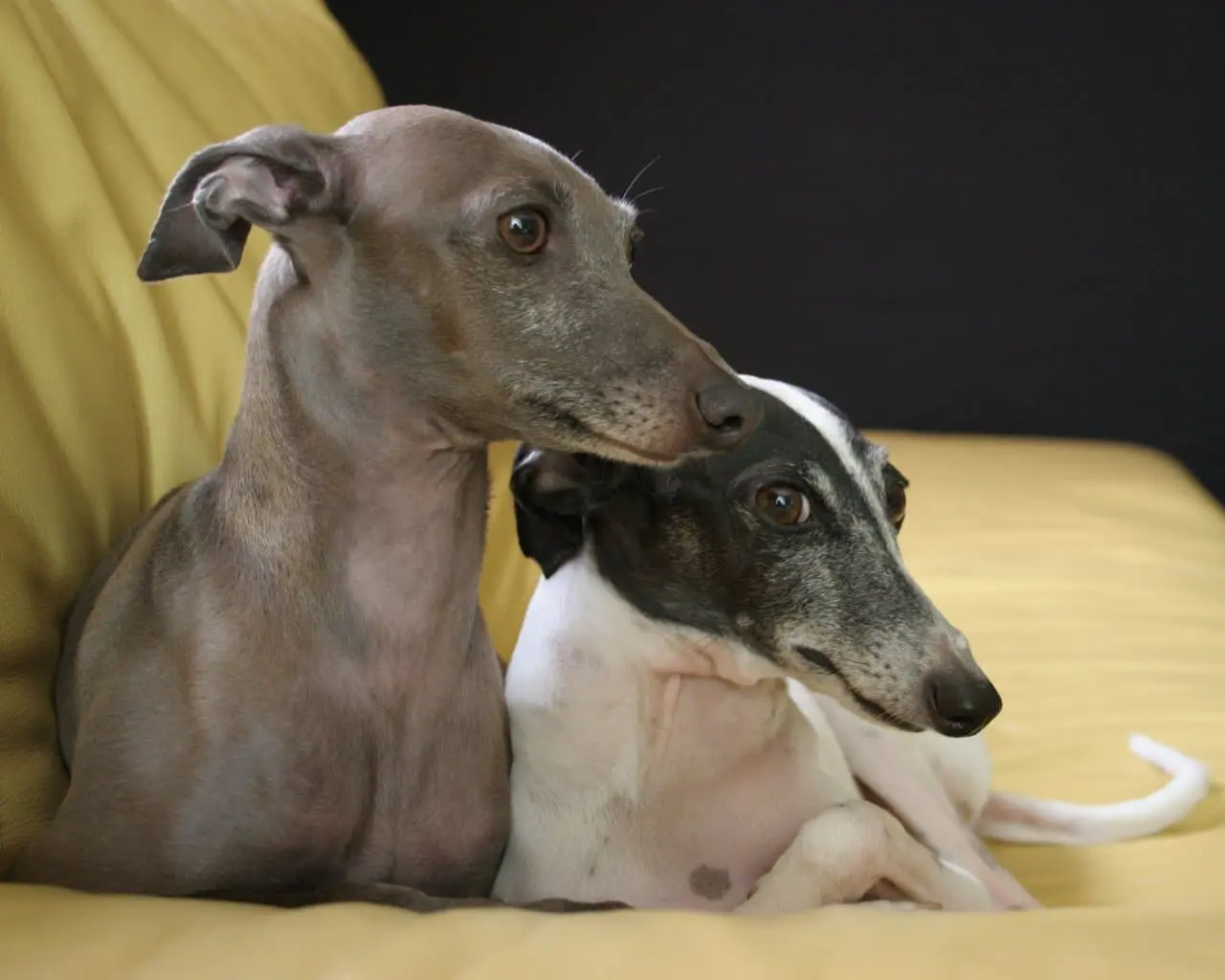
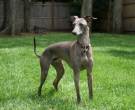




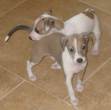
 Dogs 101: Italian Greyhound
Dogs 101: Italian Greyhound Italian Greyhound – AKC Dog Breed Series
Italian Greyhound – AKC Dog Breed Series Italian Greyhound (Italian Hound) – Breed of dog
Italian Greyhound (Italian Hound) – Breed of dog Little Italian Lebrel: elegant, light and handsome as few. Aquanatura Barcelona
Little Italian Lebrel: elegant, light and handsome as few. Aquanatura Barcelona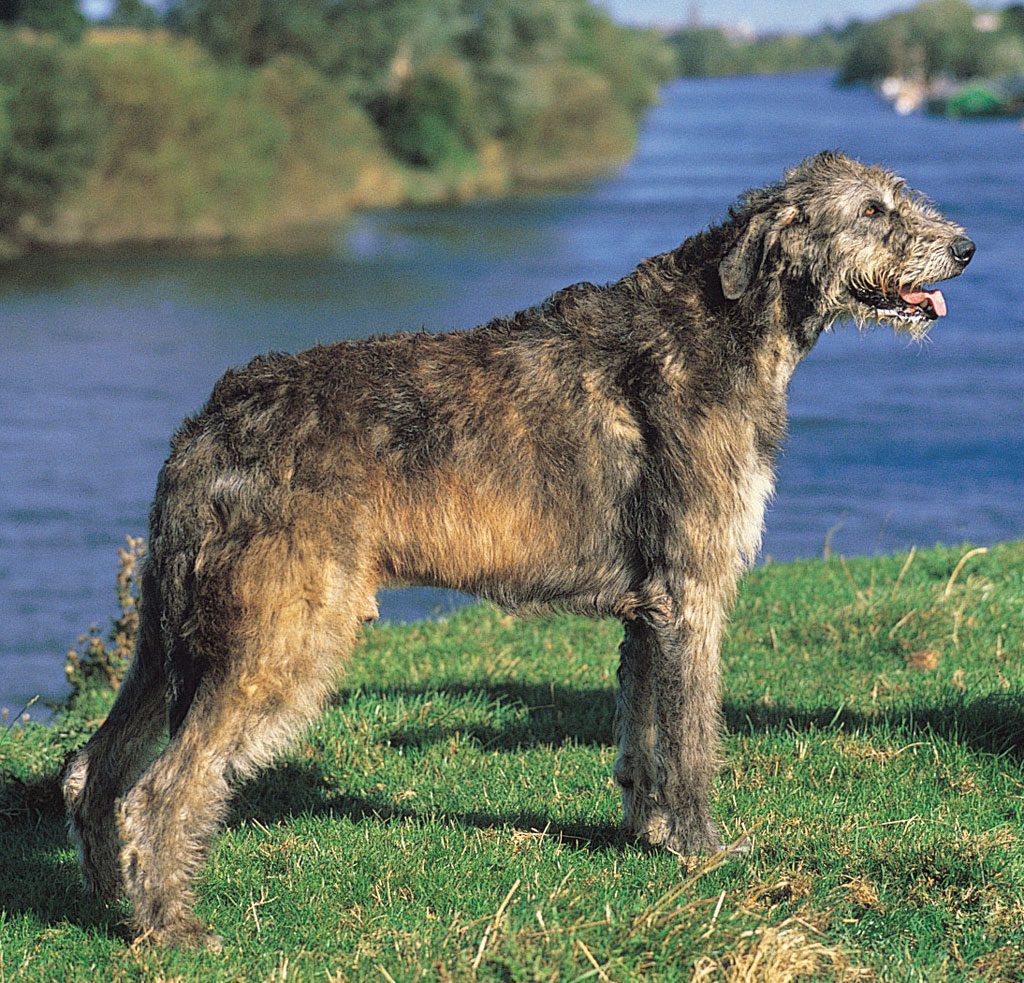





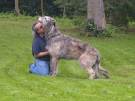
 Irish Lobero or Irish Wolfhound – homemania
Irish Lobero or Irish Wolfhound – homemania irish greyhound (Irish wolfhound) – Breed of dog
irish greyhound (Irish wolfhound) – Breed of dog EGON Lobero Irish s 6 meses Irish WolfHound
EGON Lobero Irish s 6 meses Irish WolfHound AKC Dog Breed Series – Irish Wolfhound
AKC Dog Breed Series – Irish Wolfhound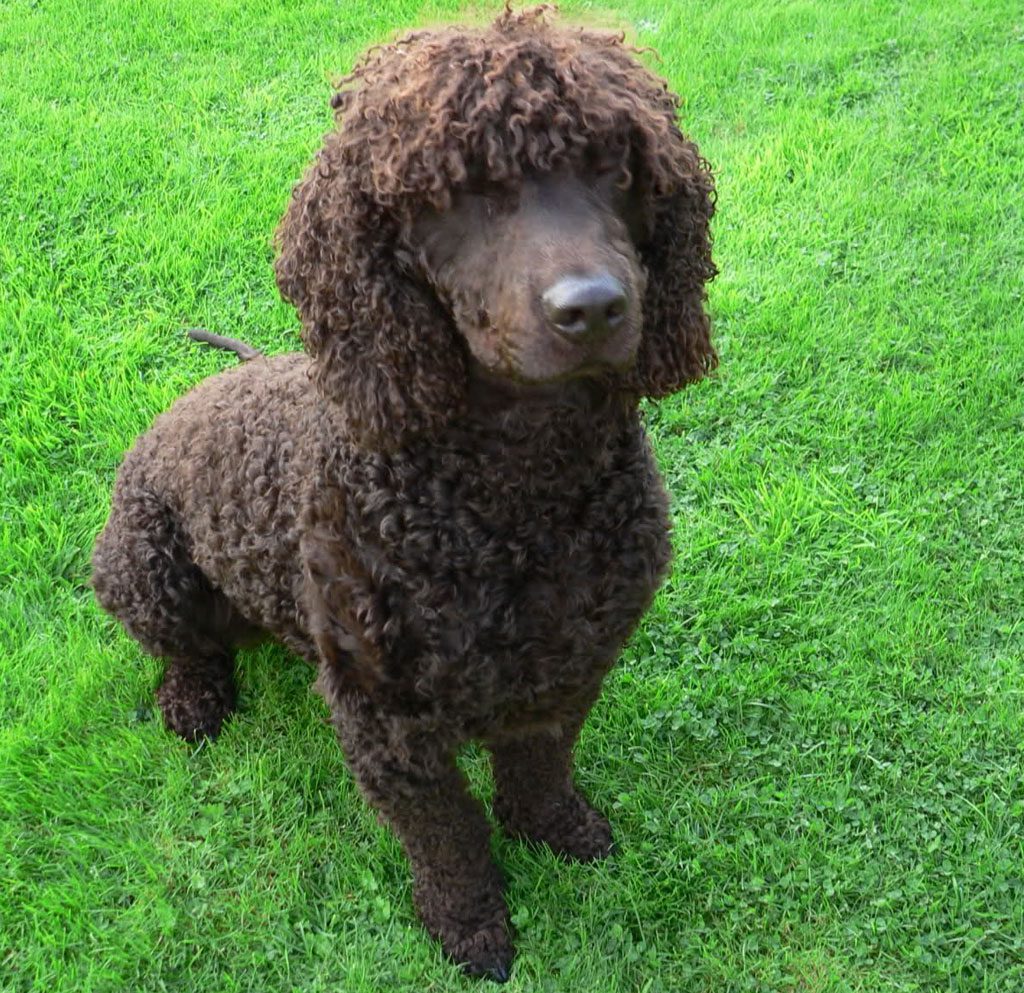
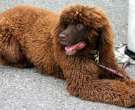
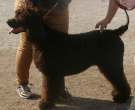
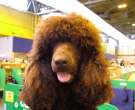
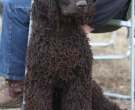
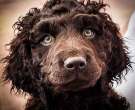
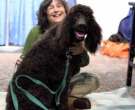
 Dog Breed Video: Whiptail
Dog Breed Video: Whiptail The Irish Water Spaniel – Bests of Breed
The Irish Water Spaniel – Bests of Breed Irish Water Spaniel / Breed of dog
Irish Water Spaniel / Breed of dog Whiptail – AKC Dog Breed Series
Whiptail – AKC Dog Breed Series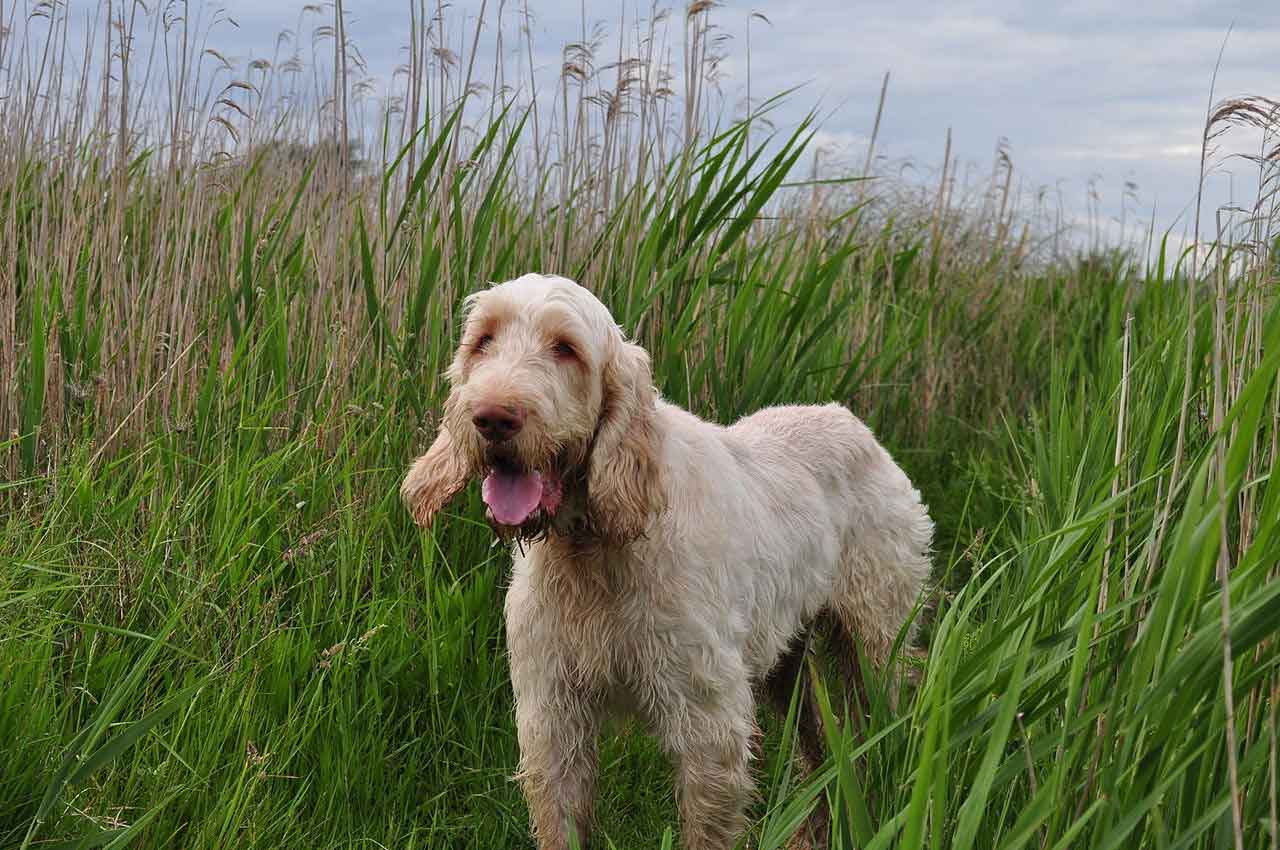
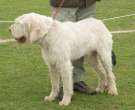
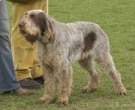
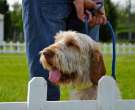

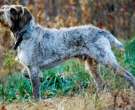
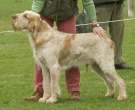
 PORTESE BIEN, SEA ANIMAL — Raza Spinone Italiano
PORTESE BIEN, SEA ANIMAL — Raza Spinone Italiano Breed All About It – Spinone
Breed All About It – Spinone  Spinone – TOP 10 Interesting Facts
Spinone – TOP 10 Interesting Facts Burke’s Backyard, Italian Spinone Road Test
Burke’s Backyard, Italian Spinone Road Test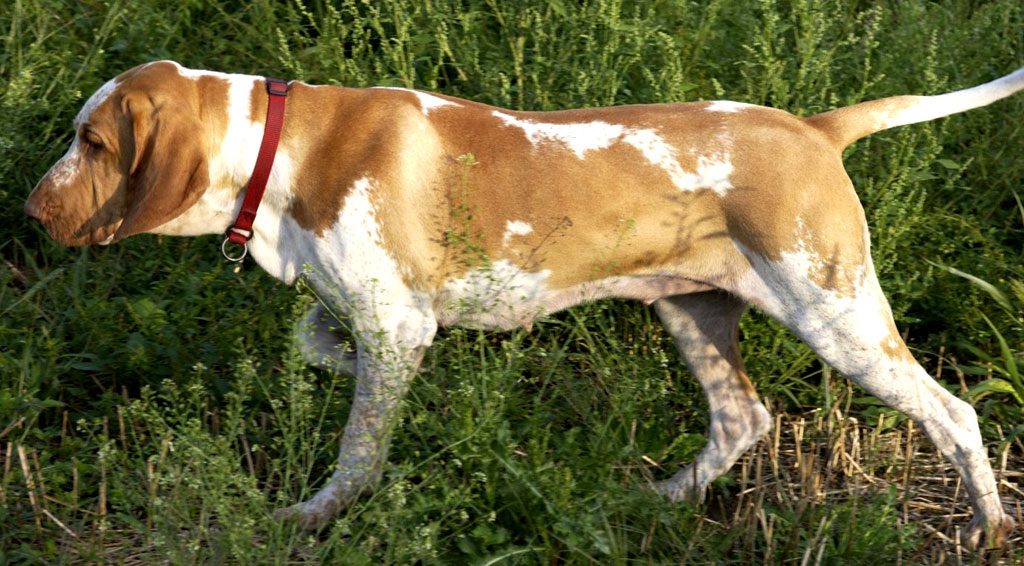
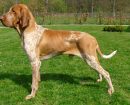
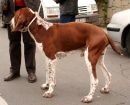
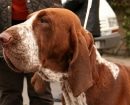
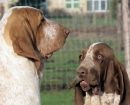
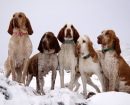
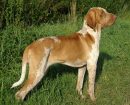
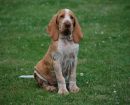
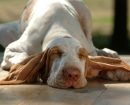
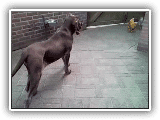 Bracco Italian meets chicken
Bracco Italian meets chicken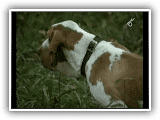 Bracco Italiano – the dog more’ beautiful in the world. MC.wmv
Bracco Italiano – the dog more’ beautiful in the world. MC.wmv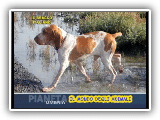 Italian Bracco
Italian Bracco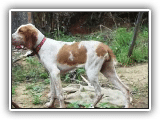 Bracco Italian shoes (Fiona- 6 months) REAL RACE !!! (Dog X Horse)
Bracco Italian shoes (Fiona- 6 months) REAL RACE !!! (Dog X Horse)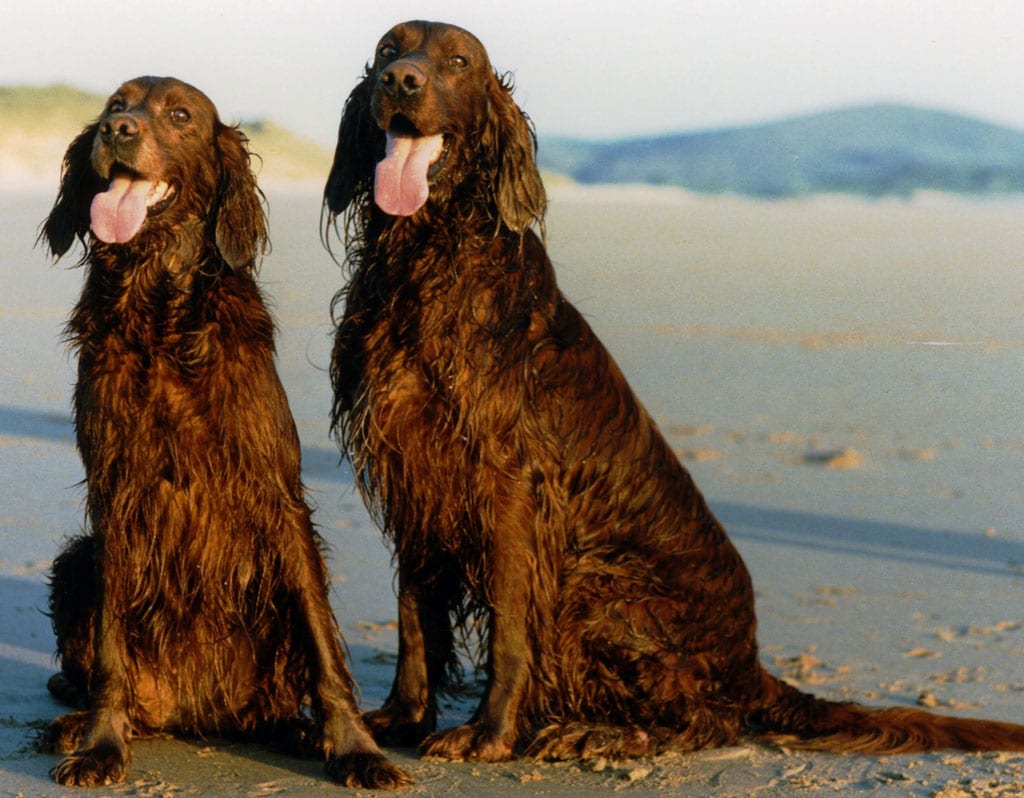
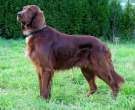
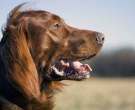
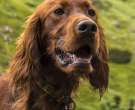
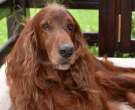
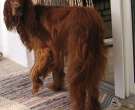
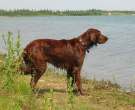
 IRISH SETTER ð Characteristics, Character and Health
IRISH SETTER ð Characteristics, Character and Health Dog Breed Video: Irish Setter
Dog Breed Video: Irish Setter IRISH SETTER ð Characteristics, Character and Health
IRISH SETTER ð Characteristics, Character and Health Irish Setter
Irish Setter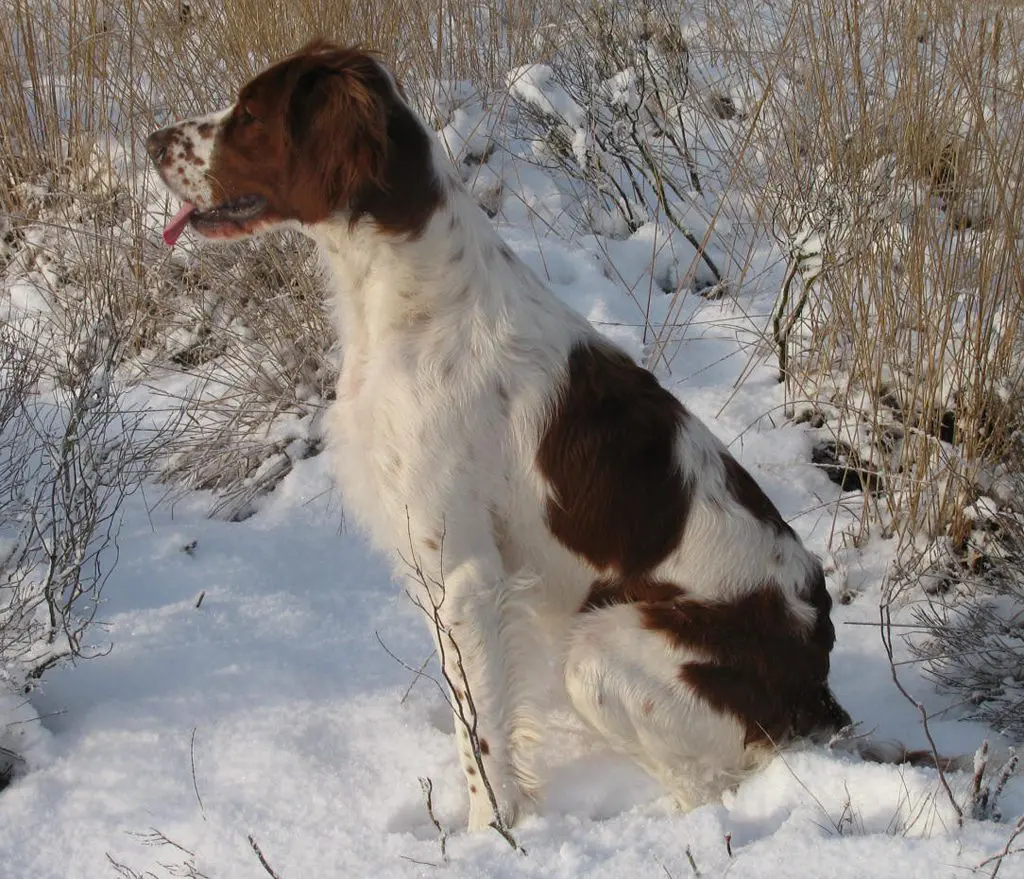
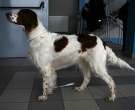
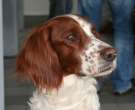

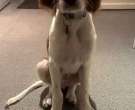
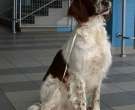
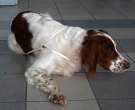
 Dog Breed Video: Irish Red and White Setter
Dog Breed Video: Irish Red and White Setter Setters (Irish Red and White) | Breed Judging 2020
Setters (Irish Red and White) | Breed Judging 2020 Setter Irish Red and white / Breed of dog
Setter Irish Red and white / Breed of dog Irish Red and White Setters’ 1st Birthday in the Connemara Lovehunter Kennel
Irish Red and White Setters’ 1st Birthday in the Connemara Lovehunter Kennel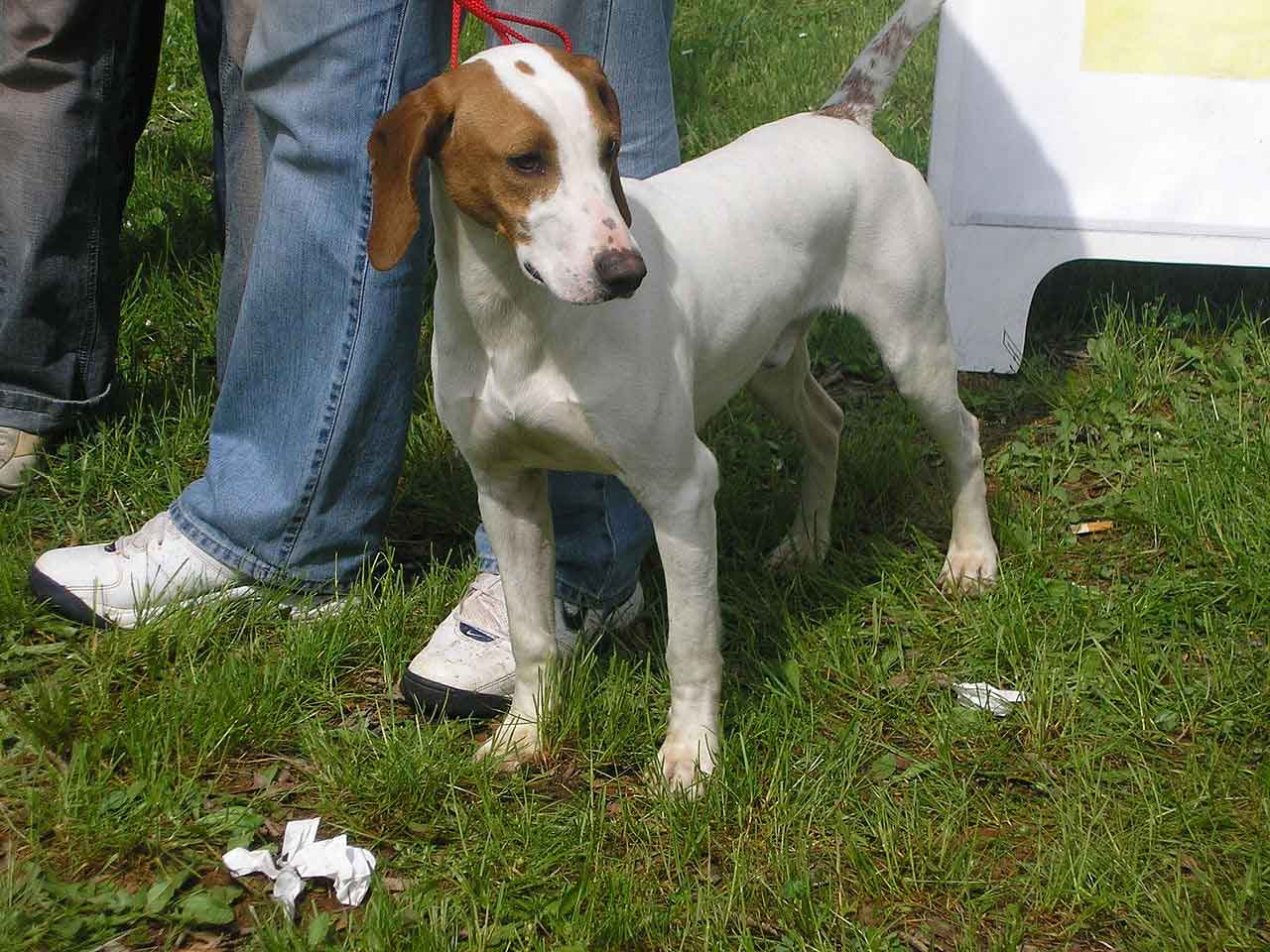
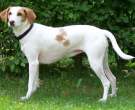
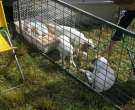
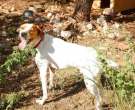
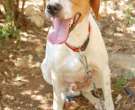
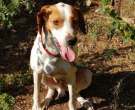
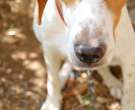
 Istrian Shorthaired Hound – medium size dog breed
Istrian Shorthaired Hound – medium size dog breed Istrian Shorthaired Hound Dog breed
Istrian Shorthaired Hound Dog breed Istrian-shorthaired-hound introduction – presented by DFC
Istrian-shorthaired-hound introduction – presented by DFC Kennel 'Od Hrvac'’ F.C.I. 9/9
Kennel 'Od Hrvac'’ F.C.I. 9/9